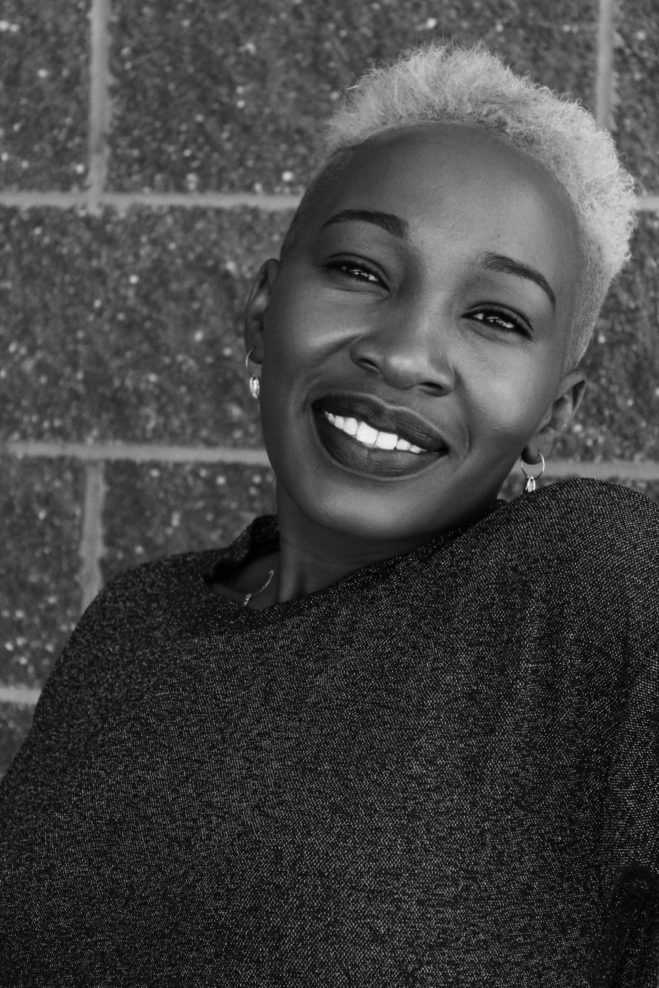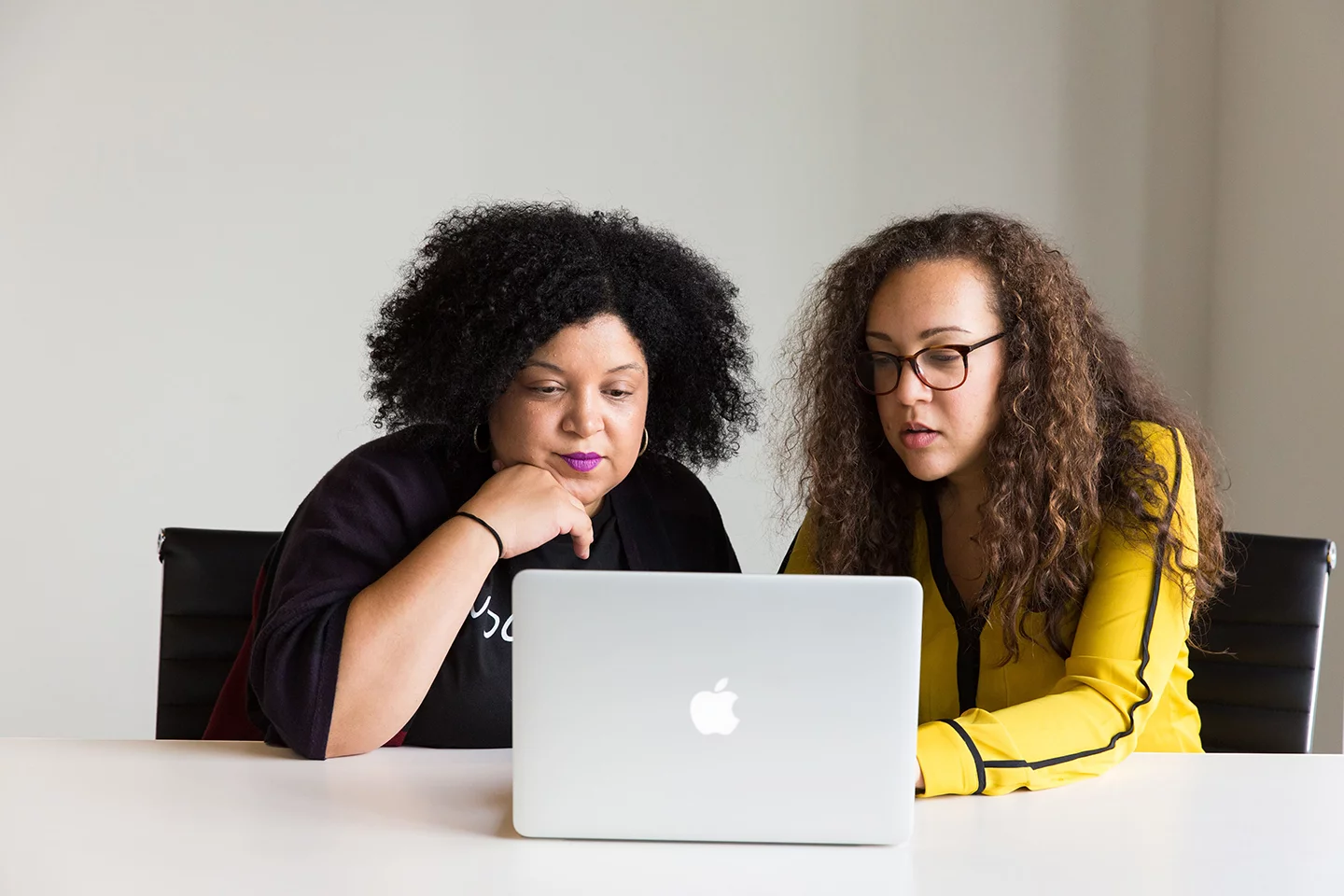Our Future of Work Roundtable series recently continued with a thought-provoking session with Grace Michel, Assistant Director & Intercultural Training Specialist at the Robertson Center for Intercultural Leadership (CIL) at Berkeley. CIL is a center for training and excellence in being able to work effectively across cultural differences. Michel designs programs and curriculum and facilitates custom leadership development workshops and trainings for clients across sectors. She has spent more than 15 years working with NGOs and educational institutions in the US, Latin America, and Southeast Asia, helping diverse learners from youth to executives build skills to communicate effectively across cultural differences, manage conflict, lead with emotional intelligence, and innovate for social impact.
What follows is an excerpt from Michel’s presentation. Join us for our upcoming Future of Work sessions by signing up here. And, to experience Mursion’s virtual reality simulations and see for yourself how this platform can support your own business to learn how VR can play a role in honing the interpersonal skills needed to foster a culture of coaching, schedule a demo today.
“The topic of our conversation today is this idea of calling out and calling in. What does that mean to you? What comes up for you? What do you think might be the difference between the two?
I hope to have that conversation with you all today and hope for us to get a chance to practice even a little bit thinking about, when do we use a call-out? When do we use a call-in? What’s the difference?
First of all, our goals for today, we want to differentiate between calling out and calling in, explore what those two things can mean and look like, and when we might use one or the other. We’re going to talk specifically about microaggressions. We’re going to use microaggressions as a use case for calling in and calling out, and then we’re going to gain strategies to respond to microaggressions and other acts of bias by calling out and calling in.
In general, when we’re talking about a call-out or a call-in, I do think both are very useful and both can be necessary in different situations. Calling out is more of a boundary-setting, especially if something’s been said where you really want to draw a line and say that’s not appropriate and it’s not going to be tolerated.
Calling out is more of a boundary-setting, especially if something’s been said where you really want to draw a line.
Sometimes that’s really necessary. Call-outs can often be and they have often been really useful in especially trying to do larger-scale activist and advocacy work when you’re calling on people who are in positions of power. Calling out gets done a lot in media to draw attention to behavior.
That’s critical to take a stance on what is right and fair and just, but then there’s this other side of things where there’s maybe day-to-day situations in the workplace. This is where we’re going to talk about in a moment, specifically in the context of microaggressions where a lot of these things are acts of unconscious bias, which has also been mentioned, where people don’t necessarily know that what they’re doing is having a harmful impact. It’s definitely not their intention to do it, but it’s still creating harm.
The Power of Calling In
Calling in can be super useful as a way to really invite dialogue, invite conversation, and also do some educating around, what is the reason that this is harmful? Because it’s one thing to just say, ‘Oh, that’s inappropriate or offensive,’ but that doesn’t actually get to the impact. It doesn’t actually help us to unpack why that’s harmful, what kind of negative repercussions it might have, and why it needs to be changed or interrupted.
A call-in is basically a call-out done with love and compassion and recognizing the humanity of the other person.
Understanding Microaggressions
What we talked about was calling in can be really useful to engage people in further dialogue and it can be particularly useful when we are dealing with microaggressions.
With that, I want to dig in a little bit more to looking at why it’s so critical to address microaggressions and some of the content around microaggressions that we can understand better in order to be able to call people in or out about what’s happening when they arise. Just a little bit of historical background because I think it’s important for us to understand where this comes from and, initially, when it was created.
The term “microaggression” specifically refer to the experiences of Black Americans. It was coined by Dr. Chester Pierce in the ’70s to describe what he was witnessing, experiencing these day-to-day insults, which were often unconscious that were happening targeting Black folks. Then throughout the years, it’s expanded in its definition. Now, when we talk about microaggressions, we might be talking about these everyday slights, insults, injuries, et cetera, that are happening to any kind of marginalized group that could be based on their gender, identity, sexual orientation, ability, or disability status, nationality, and et cetera.
It has morphed in its definition and what it encompasses. Just to give a few examples of what some of the themes and categories of microaggressions that exist out there, we’ve got the myth of meritocracy. This idea that race doesn’t play a role in life success. You hear of microaggressions like, ‘Well, everyone can succeed if they just work hard enough.’ What is really hidden underneath that is this message about, ‘Well, then that means if you’re not succeeding, you’re lazy. You need to work harder. You’re not competent,’ versus actually recognizing that there are systemic biases and inequities that have made it so that not everyone can just succeed based on merit and based on hard work.
We’ve got the pathologizing of cultural values or cultural communication styles. In other words, taking a communication style or pattern or way of speaking or behaving that’s more of a pattern that’s typical to a certain ethnic or racial or cultural group and treating that as something that is considered not as professional, not as appropriate, et cetera. We see this showing up a lot in White supremacy culture at work favoring a communication style that is more constrained, more direct, more rational, less emotional.
If you hear a microaggression like, ‘Why do you have to be so loud or animated? Just calm down,’ that’s an example of this. It’s, essentially, a hidden meaning of saying assimilate to the dominant culture, code switch, and just talk White, and then you’ll be able to make it. It’s a dismissal and really a lack of dignity of recognition of people’s different cultural communication styles and values.
We’ve got the invalidation of non-binary gender identity and expressions. Things like refusing to or constantly forgetting to use people’s pronouns or asking people intimate questions about surgery or transition if they’re transgender and these hidden messages that really, ‘Well, your gender identity isn’t valid and you’re not who you say you are.’
We see this also in relation to ability and disability status.
The Macro Effect of Microaggressions
Micro doesn’t mean that the impact is small. Micro refers to the fact that this is happening at this interpersonal and very pervasive day-to-day level, but the harmful impact is anything but micro. The impact is very intense. Psychological research has shown that microaggressions are detrimental because they impair people’s performance in a multitude of settings. It really saps people’s energy. It saps people’s psychic energy, their spiritual energy, and it creates inequities.
Micro refers to the fact that this is happening at this interpersonal and very pervasive day-to-day level, but the harmful impact is anything but micro.
I also wanted to just touch on quickly this question of, well, whose responsibility is it to call out or call in and highlight the fact that it is not easy if you are a target? Many of you said that you have been a target, but almost all of you said you’ve also been a witness. In this situation, when you haven’t been a target but you’ve been a witness, what role do you have to play in that moment? That’s really this question of allyship, and how can I show up to support other folks?
Because what we know is that targets of microaggressions in the moment, they’re going to maybe feel like, ‘Wait, did that just really happen? Did that person just really say that?’ and doubt their interpretation, not really be sure how to respond, feel unsafe responding, rationalize that it won’t make a difference anyway.
Those are just a bit about the what and the why and the calling out and the calling in is really the how. As I said before, I think both calling out and calling in can be very useful. We have to ask this question of when might we choose to use one or the other. I think calling out can, as I said before, help us set boundaries. Calling in can help us take a conversation further into a dialogue and allow us to really get this deeper awareness of why what was said or done is harmful.
Characteristics of calling in, open-ended questions. It’s giving people a chance to share their intent. In my work, we often say, ‘Prioritize impact over intent.’ I fully agree that it’s really critical for people to be able to recognize that even though they have a good intention, they can have a harmful impact.
Prioritize impact over intent.
It’s really important if you want to help people to gain an awareness and understanding of the harm that they cause that you do give them a chance to explain their intent or connect to it, and then help them to see how that’s different than the impact that they had.
There’s only so much you can do, but there is a role in practicing allyship to educate and to explain and doing that with an intention of still holding compassion and the humanity of the other person in the highest regard. It’s definitely a difficult task, but I think it also comes with practice.
Subscribe for the latest Mursion articles and updates.
By clicking the sign up button above, you consent to allow Mursion to store and process the personal information submitted above to provide you the content requested. View our Terms and Conditions.




